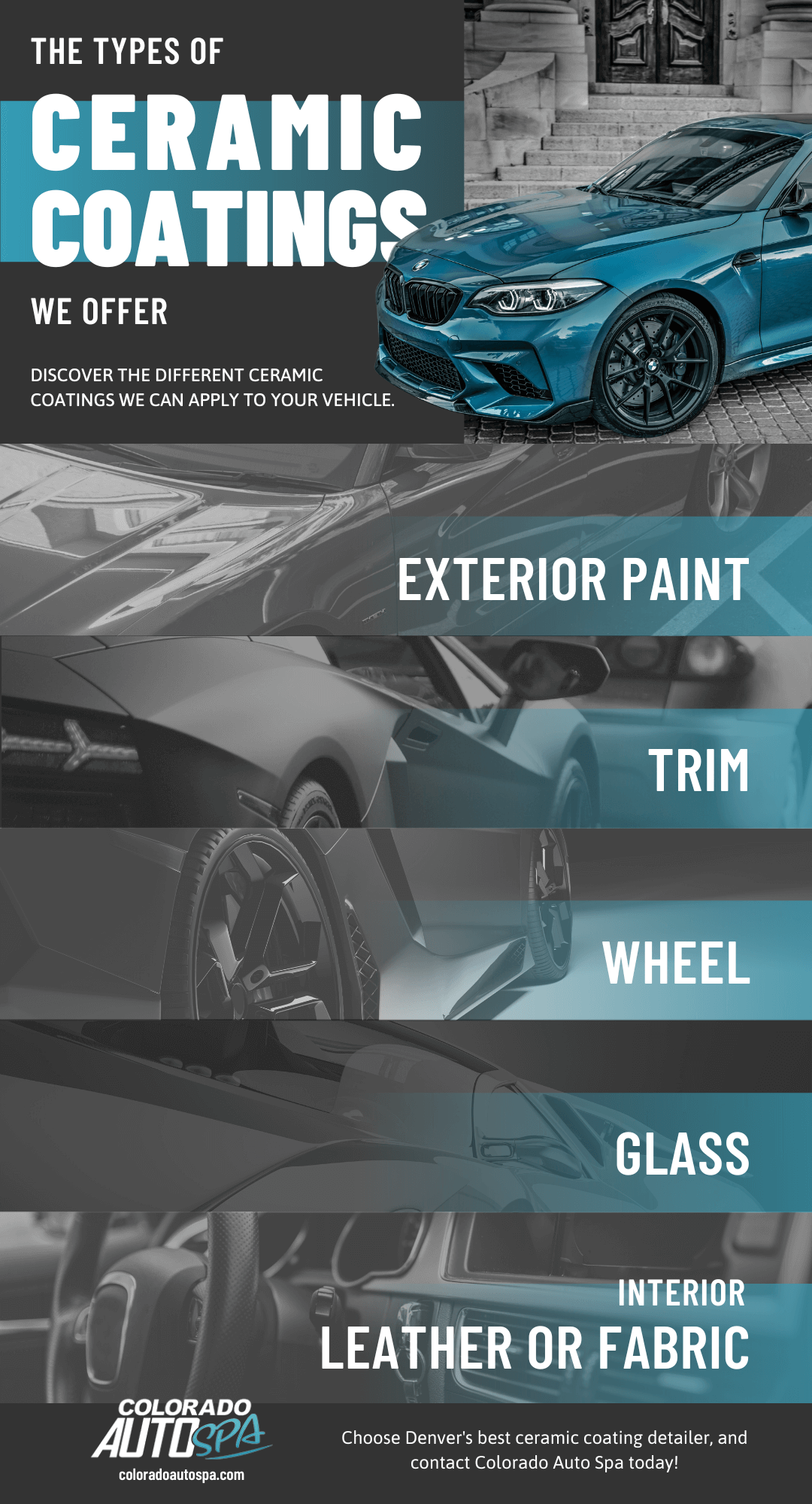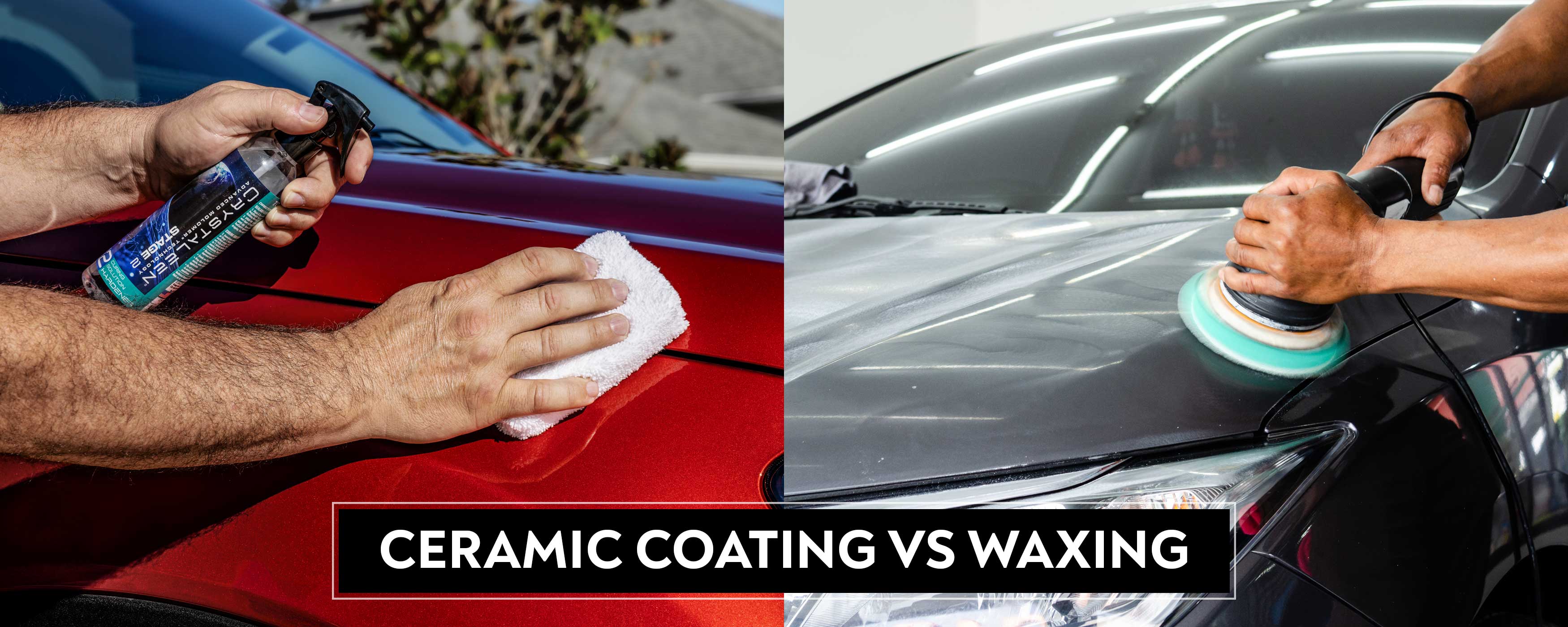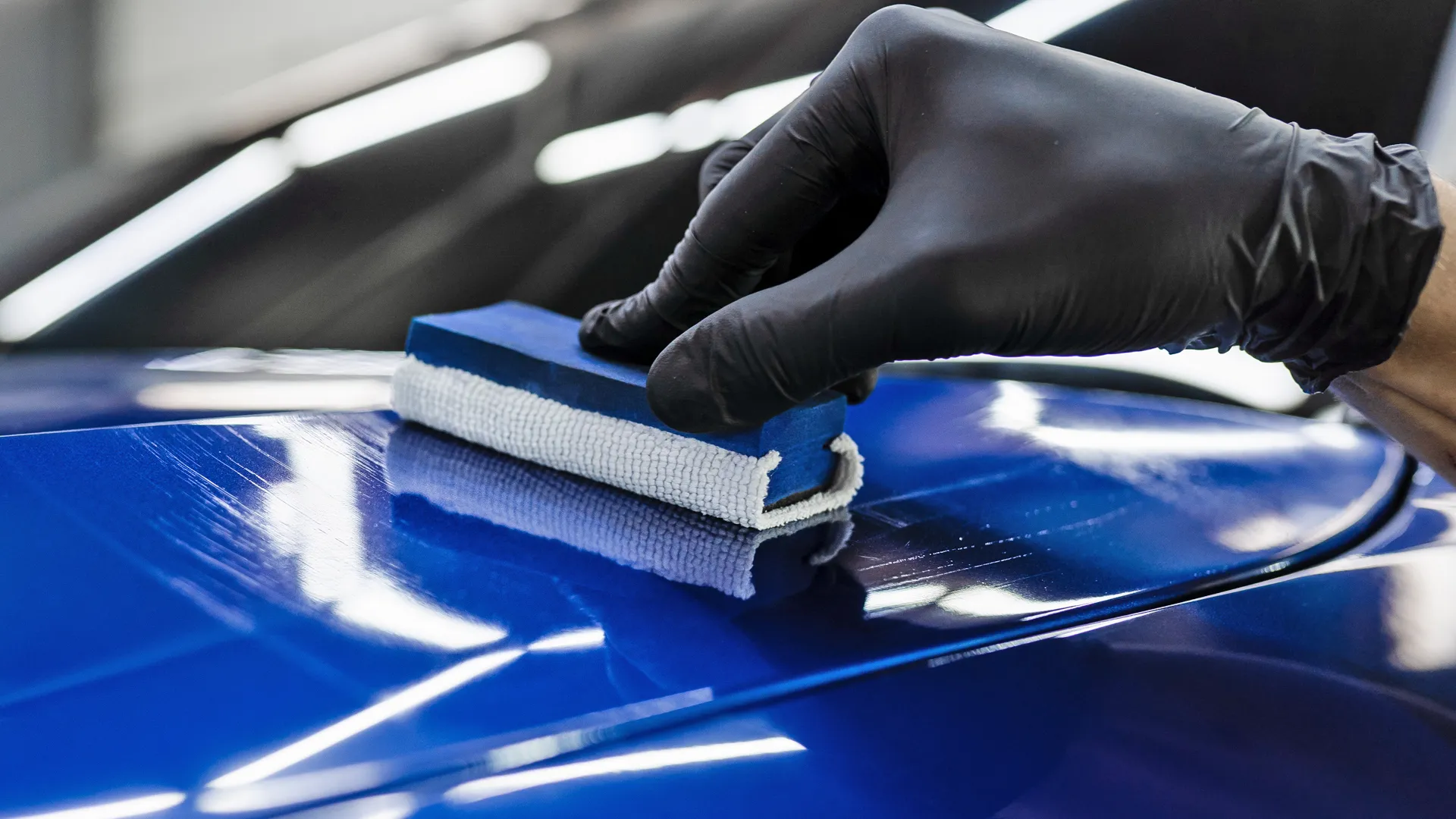How Ceramic Coating Enhances Your Vehicle's Protection and Appearance
Wiki Article
Ceramic Layer vs. Standard Wax: Which Gives Much Better Long-Term Security?
The discussion in between ceramic finishings and conventional wax for vehicle security has actually garnered substantial attention amongst auto enthusiasts and professionals alike. Ceramic coatings boast exceptional longevity and resistance to ecological elements, yet the intricacy of their application increases inquiries concerning accessibility and practicality.Introduction of Ceramic Coating
Ceramic coating has acquired considerable popularity amongst automotive lovers and detailers alike as a result of its advanced protective qualities. This ingenious modern technology is developed to develop a long lasting, hydrophobic shield over an automobile's paint surface area, significantly enhancing its resistance to ecological pollutants such as dirt, UV rays, and chemical spots. Unlike typical wax, which supplies a momentary layer of defense, ceramic coverings bond at a molecular degree with the paint, providing resilient toughness-- usually extending beyond two years with proper upkeep.The application procedure includes careful prep work of the vehicle's surface area, including cleansing and polishing to make sure optimal adhesion. When applied, the finish cures to develop a durable layer that not only includes deepness and gloss to the paint however likewise simplifies maintenance. With its hydrophobic buildings, ceramic covering permits water and dirt to slide off even more conveniently, decreasing the frequency of cleans and decreasing the threat of swirl marks.
Furthermore, ceramic layers are readily available in numerous solutions, allowing users to select items customized to their particular needs and preferences. Generally, ceramic coating represents a significant improvement in paint protection modern technology, delivering premium performance contrasted to conventional choices.
Summary of Conventional Wax
Traditionally considered as a staple in auto treatment, wax serves as a preferred choice for those seeking a simple technique to enhance and shield their vehicle's paint - ceramic coating. Automotive wax typically consists of natural ingredients, such as carnauba, or synthetic substances, made to produce a safety layer externally of the paint. This layer not only boosts the automobile's gloss and shine but likewise gives a barrier against ecological pollutantsThe application of wax is typically user-friendly, making it available for both specialists and DIY lovers. It can be applied by hand or machine, permitting versatility in the detailing process. As soon as used, wax calls for a treating period, after which it hardens to create a safety shell. Wax is additionally known for its capability to repel water, advertising a beading impact that assists in the avoidance of water areas and corrosion.
However, while wax is effective for improving the visual charm of an automobile, it is essential to keep in mind that the protection it provides might require much more frequent reapplication contrasted to alternative items, such as ceramic finishes. On the whole, conventional wax stays a preferred choice for those prioritizing simplicity of use and prompt aesthetic improvement.
Durability and Durability Comparison
While both ceramic finishings and conventional wax offer safety advantages for auto paint, their durability and long life vary dramatically. Typical wax, commonly made from natural carnauba or synthetic polymers, usually supplies a safety layer that lasts around 3 to six months. This fairly short life expectancy requires routine reapplication to maintain optimum defense.On the other hand, ceramic finishings are engineered from innovative nanotechnology, forming a covalent bond with the paint surface. This results in a durable, hydrophobic layer that can endure for 2 to five years, depending on the product and ecological problems. The exceptional resilience of ceramic coverings is attributed to their chemical structure, which uses enhanced resistance to scrapes, UV rays, and oxidation.

Protection Against Ecological Factors
Safeguarding a car's paint from ecological aspects is important for preserving its look and value with time. Automobiles are continuously revealed to a selection of aspects, including UV rays, bird droppings, tree sap, acid rainfall, and roadway gunk, every one of which can jeopardize the integrity of the paintwork.Ceramic coatings supply a robust protection against these ecological aggressors. Unlike conventional wax, which can break down rapidly under UV direct exposure, ceramic finishes form a resilient, hydrophobic layer that withstands the damaging results of sunlight and ecological toxins. This sophisticated innovation creates a chemical bond with the automobile's surface, using exceptional protection that lasts for many years, even in rough conditions.
Conventional wax, while easier to apply, typically needs frequent reapplication and provides restricted resistance to impurities and UV rays. Gradually, it can damage down, leaving the paint prone to scrapes top article and oxidation. In contrast, ceramic coverings maintain their safety top qualities longer, considerably decreasing the threat of paint damage and making sure that the car preserves its aesthetic charm. As a result, ceramic finishings are progressively identified as the premium choice for long-term protection against ecological factors.
Application and Maintenance Differences
The techniques of application and succeeding upkeep for ceramic coatings and typical wax differ dramatically, impacting the overall individual experience and efficiency of each item. Ceramic layers require a more complex application procedure, typically involving surface area prep work that includes cleaning, sanitizing, and brightening the automobile. Once the surface area is prepared, the ceramic finishing is used in a regulated atmosphere, typically requiring professional knowledge to make certain appropriate curing and bonding to the paint.

While both products boost lorry look, the longer-lasting defense offered by ceramic finishings might justify their first investment, in spite of the even more demanding application her explanation process. Conversely, typical wax remains a preferred selection for those looking for a less complex, albeit short-term, service.

Conclusion
To conclude, ceramic coatings demonstrate substantial benefits over conventional wax in regards to toughness and environmental protection. With a life expectancy extending two to five years and premium resistance to UV rays, dust, and chemical discolorations, ceramic layers offer a much more effective remedy for lasting lorry upkeep. The application procedure might call for professional experience, the resulting expense savings and reduced frequency of reapplication underscore the value of ceramic coatings for those looking for ideal car security.The argument in between ceramic finishings and traditional wax for automobile defense has actually gathered considerable interest among auto fanatics and professionals alike. Unlike conventional wax, which provides a temporary layer of defense, ceramic finishings bond at a molecular level with the paint, providing resilient durability-- often expanding past two years with proper maintenance.
While both ceramic coatings and standard wax deal protective benefits for automotive paint, their sturdiness and durability differ substantially. For vehicle enthusiasts looking for long-lasting defense, ceramic finishings provide a compelling benefit over conventional wax items.
In conclusion, ceramic finishes show significant benefits over typical wax in terms of resilience and environmental protection.
Report this wiki page